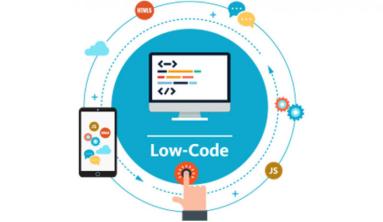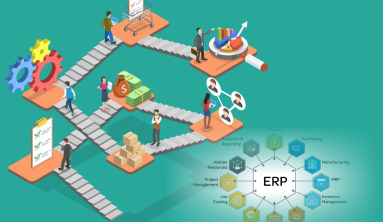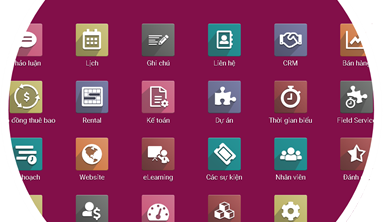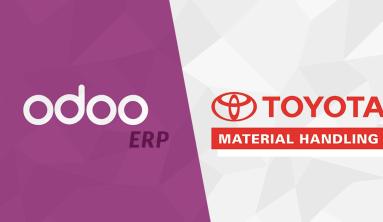Enterprise resource planning (ERP) projects represent a significant investment for most companies, so the need to ensure the ERP selection process leads to a successful deployment and user-adoption is ever-present. As you embark on your ERP journey, the number of questions for which you’re expected to get answers can be overwhelming. Add to that the number of stakeholders involved who will undoubtedly influence the process, and you have a tall task ahead of you.
Projects often become complicated when employees are unsure of what lies ahead, so start your ERP project off right by setting and managing user expectations from the start. In the end, even if you select the most robust, most expensive ERP solution, you’re not guaranteed it will make everyone happy or employees will buy-in.

With the right approach to your ERP planning, you and your team will be able to effectively manage internal expectations and get better results toward widespread user-adoption in the ERP implementation process. Here are some of the specific considerations you should keep in mind:
Include All Departments
Since a new ERP system is intended to improve the lives and day-to-day efficiencies of staff across your company’s workforce, it pays to include their input in your ERP planning and considerations. Including perspectives from all over your user-base, from accounting to HR to the warehouse can only help in defining organizational goals and evaluating ERP options since these are the individuals using the new system who will be most benefited by it.
Get Executives Involved
User-adoption of your new ERP systems starts at the top, so encourage management to lead by example in their usage. Engaged leadership is added encouragement for employees to get on board and sends a message regarding the importance that employees follow suit.
Manage Fear of Change
Managing employees fear of change will be one of the biggest obstacles you face going into any technology upgrade. Some employees will be eager to try out the new ERP system and begin reaping the benefits, while others may resist due to how they perceive it will affect their day-to-day workload.
Transparency and education is the key to combating fear since change can be frustrating when employees are left in the dark. It’s important to directly address these frustrations as they arise as negativity has a way of catching on.
Explain Why it Matters & Who Benefits
Your employees need to understand the reasons for implementing your new ERP system, why you’re embarking on this journey, and how it will help them with their day-to-day workload. Without this understanding, you will have much more resistance from staff in leaving behind old but familiar manual workarounds.
Communicating the benefits of your new ERP system before rolling it out is critical to employee adoption. To be most effective, communicate the new benefits company-wide but don’t forget to break it down to explain how each department will be affected as well.
Choose Methodical Adoption
Many companies choose to methodically introduce a new ERP solution and this makes the most sense when possible. This way, your employees view the process as continual improvements being made to current business functions instead of a complete transformation of their role.
Expectations and the human elements involved will be among the largest hurdles for you to overcome as you embark on this journey. Mismanaged expectations will ultimately lead to negative perceptions and slow user adoption affecting your organization’s ability to realize the full value and ROI of your new ERP system.
This white paper will walk you through six of the biggest mistakes you can make in your ERP decision process and show you how you can avert them.






